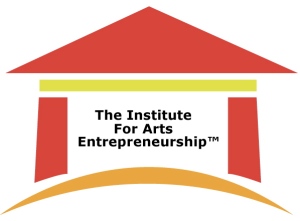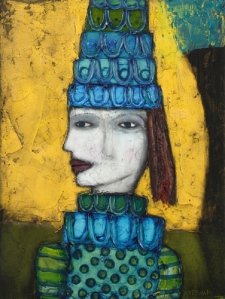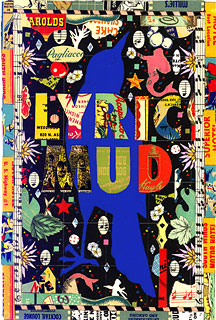 Before every New Year, I find myself always hoping to be and do better than the year before. Don’t you? Yet, lately I have been feeling like my progress has seemed more like 2 steps backwards and 1/2 a step forward.
Before every New Year, I find myself always hoping to be and do better than the year before. Don’t you? Yet, lately I have been feeling like my progress has seemed more like 2 steps backwards and 1/2 a step forward.
But if you’re anything like me, artistic, sensitive, self-critical and gushing with ideas, it’s hard to not want to let yourself flow with your creativity, even when you know progress can sometimes be painful. After all what do you have to lose- except for 2 1/2 steps one direction or the other, right?
The issue, of course, is when what once felt like a peaceful flow has now turned into a raging river. The kind of shift in your thinking or situation that makes you wonder what possessed you in the first place to ever think you could peacefully have your ideas flow into accomplishment- just the way you envisioned.
So now what?
I know how you feel, if you have ever felt this way. This whole past year for me, with my book, has felt like a roller coaster ride. My ride has had lots of unexpected twists and turns and the occasional jolt, just for good measure, when I least expected it. And all this adventure has me feeling a wee bit wobbly. (just like the Weeble Wobbles, remember them?)
Do I really want MORE adventure in 2009?
How about you? Are you ready to let your creativity spring like jack, out of-the-box, unconventionally? Are you ready for some bumps, twists and turns on your entrepreneurial creative adventure ride?
Not sure?
But remember, parts of the ride are GUARANTEED to be exhilarating- and it’s always those parts we most remember. Terror-filled-moments only last briefly, but when they occur how much more the rush of exhilaration mattered. Feeling creative freedom is worth a little terror, I think. Don’t you?
And so for me, wobbly legs and all, 2009 must include a number of new challenges and a few more new adventure rides.
My first, on both fronts, will be to self-publish Build a Blue Bike. My friend, composer and jazz pianist David Cutler, has just finished a book called The Savvy Musician. He and I have decided to release our books together sometime before June of 2009. Our books fit nicely together.
Of course this is not at all the road I expected to take, but it’s one that has just opened and I have to explore. I am over feeling stuck and wondering “so now what do I do with the manuscript?” It’s more fun to be looking forward to the anticipation of being on another creative adventure-filled-ride, really.
I have about 5 other projects, too, that I need to sit down to chart my course of action for in 2009. Of course, I already know that I will ultimately have to learn to let go of each of my plans, eventually, because each I plan will twist and turn and jolt in ways I cannot possibly right now even begin to imagine!
So why bother to plot my planning?
Because I believe luck favors the prepared mind. Hard work and perseverance in the end always win. Adding new hands, feet and heads as unexpected surprises into your adventure sometimes means rewritting the plan. And, as a result, that may mean the story may take longer to tell, but your determination and effort only make your story all that much more compelling when you reach your “lucky” happy ending. Our dreams, with preparation and perseverance, really can come true.
Welcome in 2009!
To ring in the New Year I am headed off to Santa Fe. It’s cold there but a good fire, a few unfinished books and a massage, and hot tub or two, at Ten Thousand Waves, are waiting for me there. I hope you too will spend some time before the New Year to plan your “luck.” I’m rooting for both of us in 2009!

 My wish for you, ON CHRISTMAS DAY,
My wish for you, ON CHRISTMAS DAY,





















